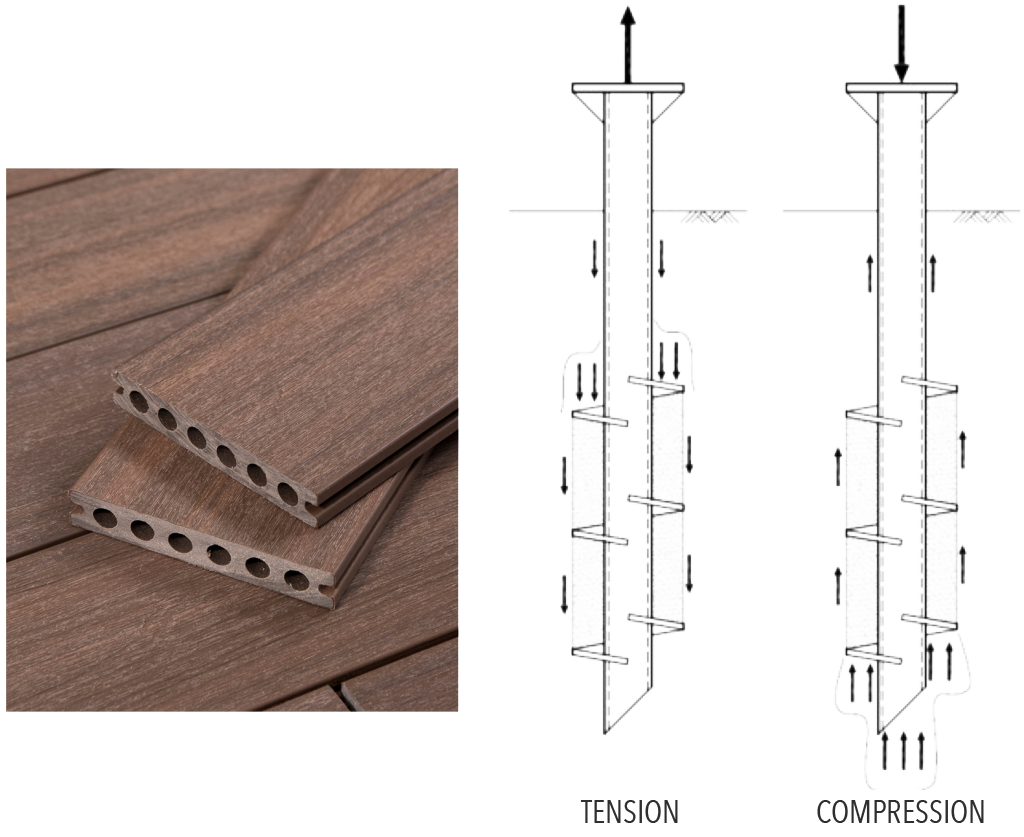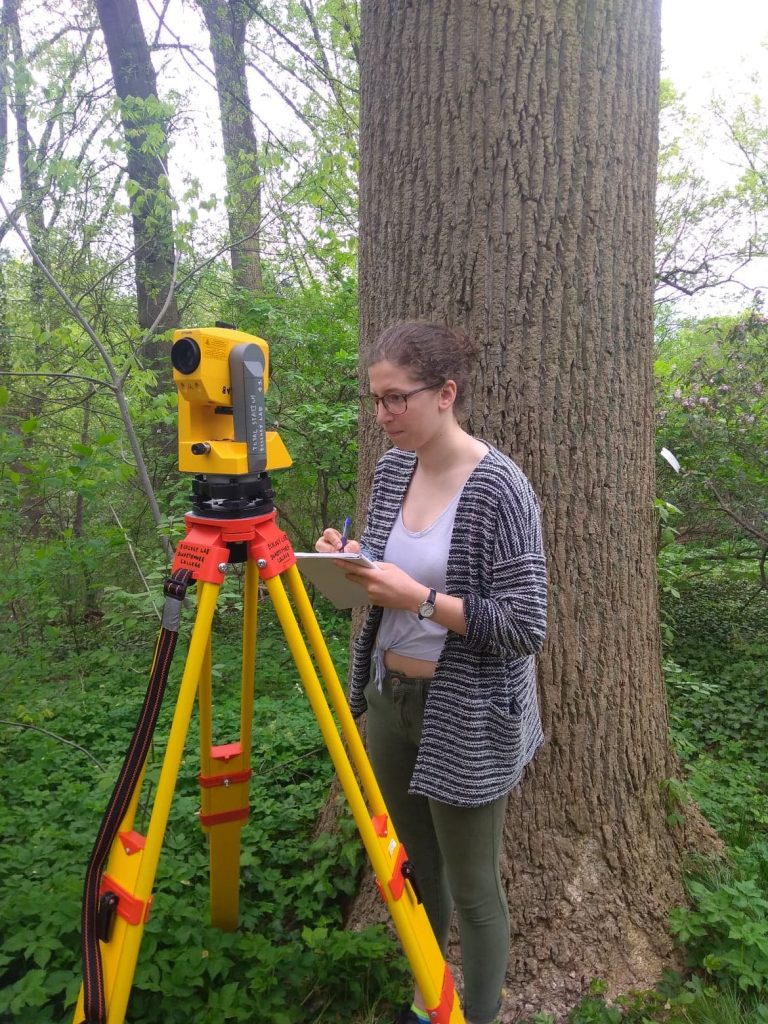OVERVIEW
Timeline: January – May 2019
Focus: Concept Definition • User Research • Structural Design • Site Analysis
Project Brief: The Crum Woods on the campus of Swarthmore College are an important part of the school culture, however they are not accessible for the entire campus community.
Problem Statement: How might we increase accessibility to the amphitheater, research sites, and social spaces in the woods to all members of the Swarthmore community?
PROBLEM DEFINITION
The primary user that this project is working to help is wheelchair bound students participating in campus activities. However, secondary users include any other students or community members walking though the woods, any animal or plant life in the woods, and several college departments, including but not limited to Facilities, the Crum Woods Restoration Committee, Student Disability Services. Interviewing these stakeholders revealed several insights that became the design criteria for this project:
1
Strict adherence to ADA requirements is necessary despite not being legally mandated for a forest paths.
2
Materials and construction methods must be chosen for minimal longterm care and repair.
3
Final design must result in low aesthetic and ecological disruption.
Besides talking with future stakeholders and users of the path, I also spoke with the architects of Longwood and Chanticleer Gardens, nearby gardens that have recently implemented accessible paths. The architects were eager to discuss potential materials, give me examples for existing paths, and chat about what I was hoping to maintain from the existing path.
STRUCTURAL DESIGN
• No lateral slope
• Clear entrances and exits
• Modular sections
• Piles in middle of path for minimal environmental impact
• 60 inches wide
• Composite decking boards
• Helical screw piles
• Pressure-treated timber beams

In addition to these structural decisions, I also had to plan for extreme structural scenarios:
• The boardwalk has to be prepared to be weighed down by snow and ice
• The maximum possible live load is four people walking side by side
• Railings need to be prepared to handle human weight leaning or climbing
LOCATION
The path will be constructed in two stages. The first stage will include two fairly short paths, each about a quarter of a mile, both going to important centers of social activity within the woods. This stage would establish the construction process, but more importantly, would allow all students regardless of physical ability to reach the amphitheater on campus, where many important events – including graduation – are held. (As of now, wheelchair bound students are transported to these events by van. From personal experience, walking into the amphitheater for graduation was an emotional experience, and it saddens me that some students are deprived from that experience.) The second phase of construction would include two much longer paths, one running parallel to the creek, a beautiful scenic route, and the other leading to several field research sites used by engineering and biology classes. The second stage will be a much longer construction time, but will expand access in important ways.
DATA COLLECTION
Method 1: Surveying
Initially, I attempted to use surveying equipment to collect altitude points very precisely, using computer generated averages of each slope. While this method was more engineering-y and is what was suggested by my professors, I didn’t end up following through with it for a couple of reasons. Primarily, this level of precision was not required for the initial stage of the design process where I was. Learning to use surveying equipment was an exciting and valuable experience for sure – when I pass surveyors on the street now I am endlessly impressed by their patience and skill – but for a theoretical project, surpassing the steep learning curve wasn’t critical.


Method 2: Hands On
I switched to a more hands on approach to data collection: I drove stakes into the middle of the path and tied a rope to each one, adjusting to achieve the exact slope that’s necessary for an ADA approved path. While not the most scientific approach, I was able to quickly collect data and create a list of the exact lengths and slopes of the modular sections for this section of the path. This became my proof of concept for how simple it would be to construct a path that would comply with ADA standards.
FINAL THOUGHTS
I keep this project in my portfolio because it was my first experience with anything close to design thinking. I got to interview faculty, staff, and students around campus; call architects to get expert opinions on materials; and walk through the woods, paying attention to each tree root and imperfection on the path. Looking back on this project, it was such a blast working through the human-centered design process without any education in it, but it makes me even more thankful for my time in IPD and all I’ve learned there.